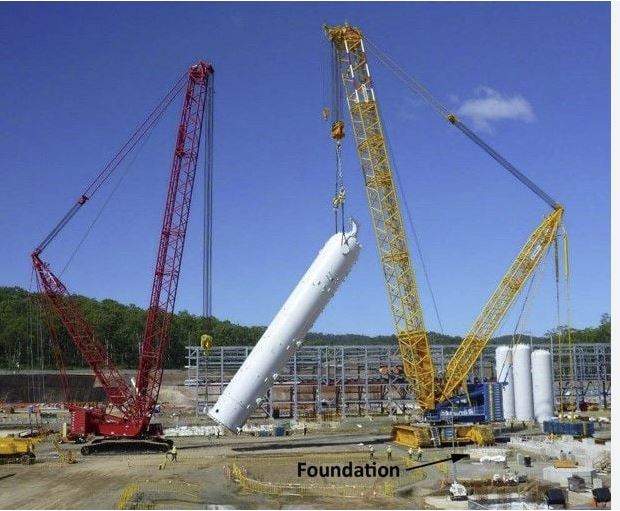Construction lift planning is a critical process in the management and execution of construction projects, particularly for those involving the installation, movement, or demolition of heavy materials and equipment. It encompasses a range of activities designed to ensure that lifting operations are carried out safely, efficiently, and effectively, minimizing the risk of accidents and delays.
Key Components of Construction Lift Planning
1. Pre-Planning: This initial step involves gathering all the necessary information about the lift, including the weight and dimensions of the load, the lifting capacity of equipment, and the site conditions where the lifting will take place. This step may also include selecting the right type of crane or lift equipment based on the load’s specifications and the conditions at the construction site.
2. Risk Assessment: Performing a comprehensive risk assessment is essential to identify potential hazards associated with the lifting operation. These hazards could be related to the load, the lifting equipment, the environment, or the personnel involved in the operation. Once identified, measures must be put in place to mitigate these risks.
3. Selection of Equipment: Choosing the right lifting equipment is crucial. This decision should be based on the load’s weight, shape, and size, as well as the lifting distance and the conditions of the lifting site. Equally important is ensuring that the equipment is in good working condition and that it is operated by certified personnel.
4. Lift Path Planning: Detailed planning of the lift path is necessary to ensure that the load can be moved safely from its starting point to its final destination without any obstruction. This involves considering the presence of overhead cables, buildings, and other obstructions that could pose risks during the lifting operation.
5. Communication: Effective communication among all team members involved in the lift is vital. This includes not only the crane operator and rigging personnel but also the site supervisor and any other workers who may be affected by the lifting operation. Clear, concise, and straightforward communication can prevent misunderstandings that could lead to accidents.
6. Supervision and Execution: The lifting operation should be closely supervised by experienced personnel. This ensures that the lift is carried out according to the plan and that any unexpected issues can be addressed promptly.
7. Post-Lift Review: After the completion of the lifting operation, it’s beneficial to conduct a review. This can provide valuable insights into what went well and what could be improved for future lifts. Such reviews contribute to the continuous improvement of lifting operations.
Conclusion
Effective construction lift planning is indispensable for ensuring the safe and efficient execution of heavy lifting operations on construction sites. By meticulously planning each aspect of the lift, from pre-planning and risk assessment to execution and review, construction managers can minimize the risks associated with these operations, protect personnel, and keep projects on schedule.
